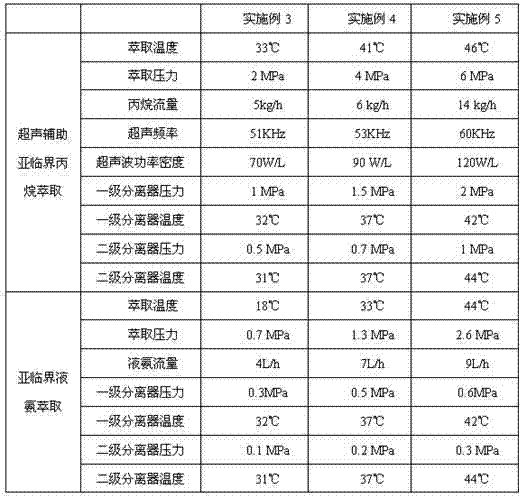Method for extracting plant salt contained in sea asparagus having high carbon sequestration capacity in saline land
An extraction method, saline-alkali land technology, applied in botany equipment and methods, food science, agricultural gas emission reduction, etc., can solve the problems of poor water solubility, limited application range, etc., to increase the total nitrogen content of the soil, speed up the soil water seepage, The effect of reducing soil salinity
- Summary
- Abstract
- Description
- Claims
- Application Information
AI Technical Summary
Problems solved by technology
Method used
Image
Examples
Embodiment 1
[0027] A method for extracting plant salt in sea asparagus with high carbon fixation capacity in saline-alkali soil, comprising the following steps:
[0028] 1. Cultivation of asparagus in saline-alkali land
[0029] (1) Selection of saline-alkali land
[0030] Saline soil silt silt clay, below 60cm is mainly composed of fine clay particles of silt formed by marine sediments, the soil is mainly composed of sodium chloride salt, and the thickness of the cultivated layer is generally about 30cm, with high salt content In 4.0% heavy saline soil.
[0031] (2) Arranging the land
[0032] Use mechanical plowing to plow the surface soil, rake the soil block to loosen the surface soil, and make the surface flat without obvious ups and downs; furrows are opened, each furrow is 2-3m wide, the furrow surface is flat, and the middle 1m is 15cm deep, and the middle The deep ditch is used as a benchmark, and the ditch is 7 cm deep at intervals of 30 cm on both sides.
[0033] (3) Seed t...
Embodiment 2
[0065] A method for extracting plant salt in sea asparagus with high carbon fixation capacity in saline-alkali soil, comprising the following steps:
[0066] 1. Cultivation of asparagus in saline-alkali land
[0067] (1) Selection of saline-alkali land
[0068] (2) Arranging the land
[0069] (3) Seed treatment
[0070] The above steps were performed according to the method of Example 1, and the changed parameters are shown in Table 1.
[0071] Table 1
[0072]
[0073] (4) Nursing
[0074] Carry out seedling raising according to the method for embodiment 1.
[0075] (5) Planting and field management
[0076] Operate according to the method of Example 1.
[0077] 2. Plant salt extraction
[0078] Plant salt was extracted according to the method of Example 1, and the changed parameters are shown in Table 3.
[0079] Table 2 Ball milling broken wall
[0080]
[0081] Table 3 Extraction
[0082]
PUM
| Property | Measurement | Unit |
|---|---|---|
| Thickness | aaaaa | aaaaa |
| Particle size | aaaaa | aaaaa |
| Particle size | aaaaa | aaaaa |
Abstract
Description
Claims
Application Information
 Login to View More
Login to View More - R&D
- Intellectual Property
- Life Sciences
- Materials
- Tech Scout
- Unparalleled Data Quality
- Higher Quality Content
- 60% Fewer Hallucinations
Browse by: Latest US Patents, China's latest patents, Technical Efficacy Thesaurus, Application Domain, Technology Topic, Popular Technical Reports.
© 2025 PatSnap. All rights reserved.Legal|Privacy policy|Modern Slavery Act Transparency Statement|Sitemap|About US| Contact US: help@patsnap.com



